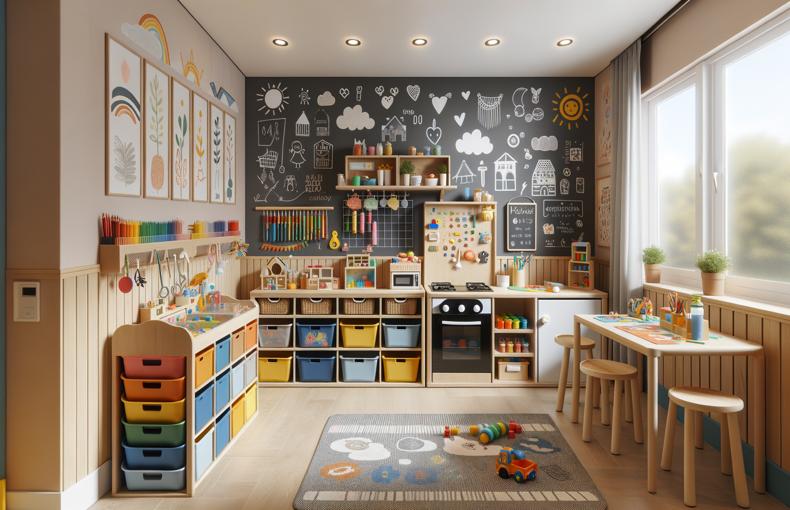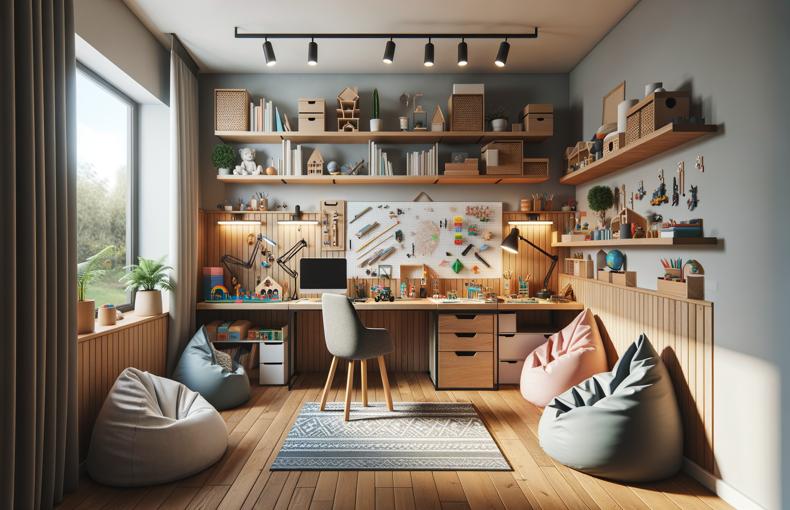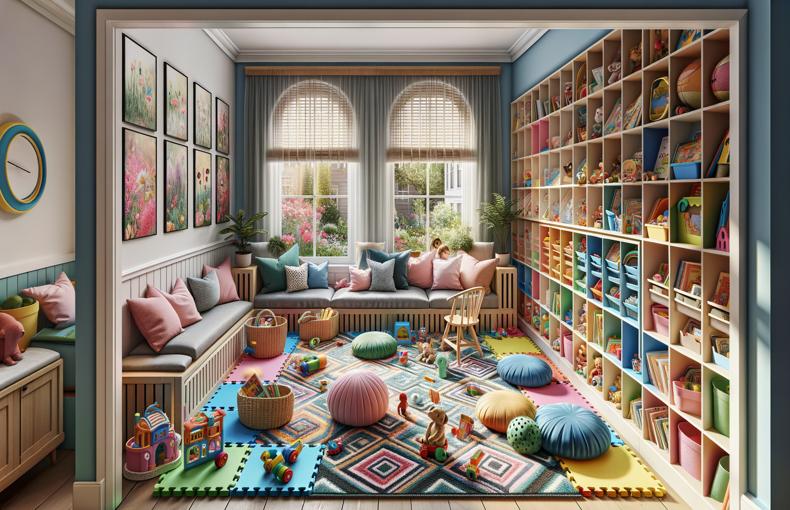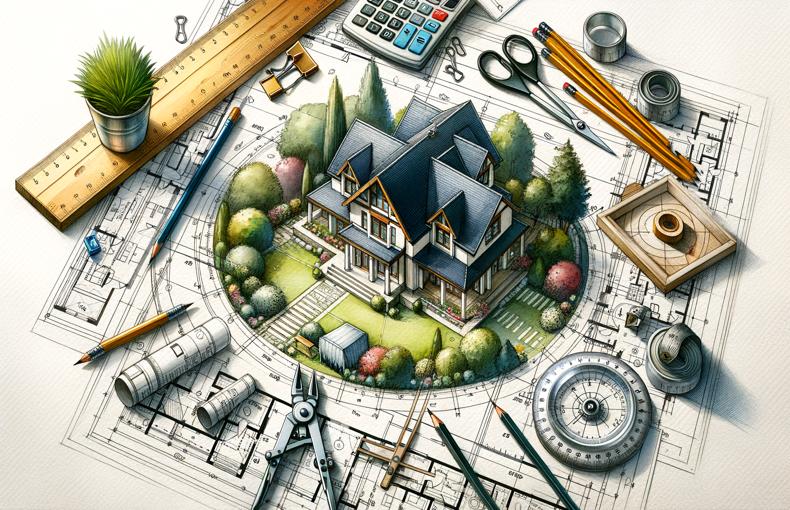The Ultimate Guide to Designing a Playroom That Grows with Your Kids
Designing a playroom that evolves with your children is an investment in both their development and your home's functionality. A well-designed playroom should cater to their current interests while being adaptable to their changing needs. This guide will walk you through the essential considerations and practical tips for creating a versatile and engaging playroom that grows with your kids.
Understanding the Basics
Assessing the Space
Before diving into design ideas, evaluate the space you have available. Consider the room's size, layout, natural lighting, and existing features. A playroom can be a dedicated room, a section of a larger living area, or a cleverly converted attic or basement space.
Safety First
Ensure the playroom is safe for children of all ages. Use non-toxic paints, secure heavy furniture to the walls, and cover electrical outlets. Soft flooring, like foam mats or carpets, can prevent injuries from falls.
Designing for Different Ages
Infants and Toddlers
For the youngest members of your family, focus on safety and sensory experiences. Include:
- Soft play mats: For crawling and tumbling.

- Interactive toys: Such as blocks, stacking rings, and musical toys.
- Low shelving: Easy access to toys promotes independence.
- Bright colors and patterns: Stimulate visual development.
Preschoolers
As children grow, their play becomes more imaginative and active. Incorporate:
- Art and craft station: With washable supplies and easy-to-clean surfaces.
- Reading nook: A cozy corner with bookshelves and comfortable seating.
- Pretend play areas: Like a mini kitchen, dress-up station, or puppet theater.
- Storage solutions: Bins and cubbies at child height for easy clean-up.
School-Aged Children
Older kids need space for hobbies, homework, and socializing. Add:
- Study area: With a desk, good lighting, and school supplies.
- Hobby space: For activities like building models, playing musical instruments, or gaming.
- Seating options: Bean bags, floor cushions, or a small sofa for friends.
- Advanced storage: Shelves and cabinets for books, games, and sports equipment.
Creating a Flexible Layout
Modular Furniture
Choose furniture that can adapt to different stages of your child's life. Modular shelving, adjustable tables, and convertible seating can be rearranged as needs change.
Zoning
Divide the playroom into zones for different activities. Use rugs, curtains, or furniture to delineate spaces for playing, reading, crafting, and studying. This helps keep the room organized and encourages kids to focus on one activity at a time.
Vertical Storage
Maximize vertical space with wall-mounted shelves and hooks. This keeps the floor clear for play and provides storage for items that children will grow into, like board games and craft supplies.
Incorporating Personal Touches
Kid-Friendly Decor
Let your children have a say in the decor. Their interests and favorite colors can guide your choices, making the playroom a space they love. Consider using removable wall decals, chalkboard paint, or a magnetic wall for personalized and changeable artwork displays.
Growth Charts
Include a growth chart to track your child’s height over the years. This can be a fun and sentimental addition to the playroom.
Memory Wall
Create a memory wall with photos, artwork, and achievements. It’s a great way to celebrate milestones and showcase your child’s creativity.
Practical Tips for Long-Term Use
Durable Materials
Opt for durable, easy-to-clean materials that can withstand years of play. Washable rugs, wipeable surfaces, and sturdy furniture are essential for a long-lasting playroom.
Storage Solutions
Invest in versatile storage solutions that can grow with your child. Bins, baskets, and labeled containers keep toys organized and make tidying up easier for kids.
Lighting
Ensure the playroom has adequate lighting for different activities. Natural light is ideal, but also include task lighting for reading and crafting, and ambient lighting for a cozy atmosphere.
Conclusion
Designing a playroom that grows with your kids is all about balance. It should be a fun, engaging space that caters to their current interests and adapts to their evolving needs. By considering safety, flexibility, and personal touches, you can create a playroom that will be enjoyed for many years to come.
Extra Resources
- IKEA Playroom Ideas: Budget-friendly and modular furniture options.
- Pinterest Playroom Inspiration: Visual inspiration for different playroom designs.
- Child Development Stages: Understanding developmental milestones to better cater to your child’s needs.
By following this guide, you'll be well on your way to creating a dynamic and delightful playroom that will grow and evolve with your children, providing them with a space to learn, play, and thrive.











